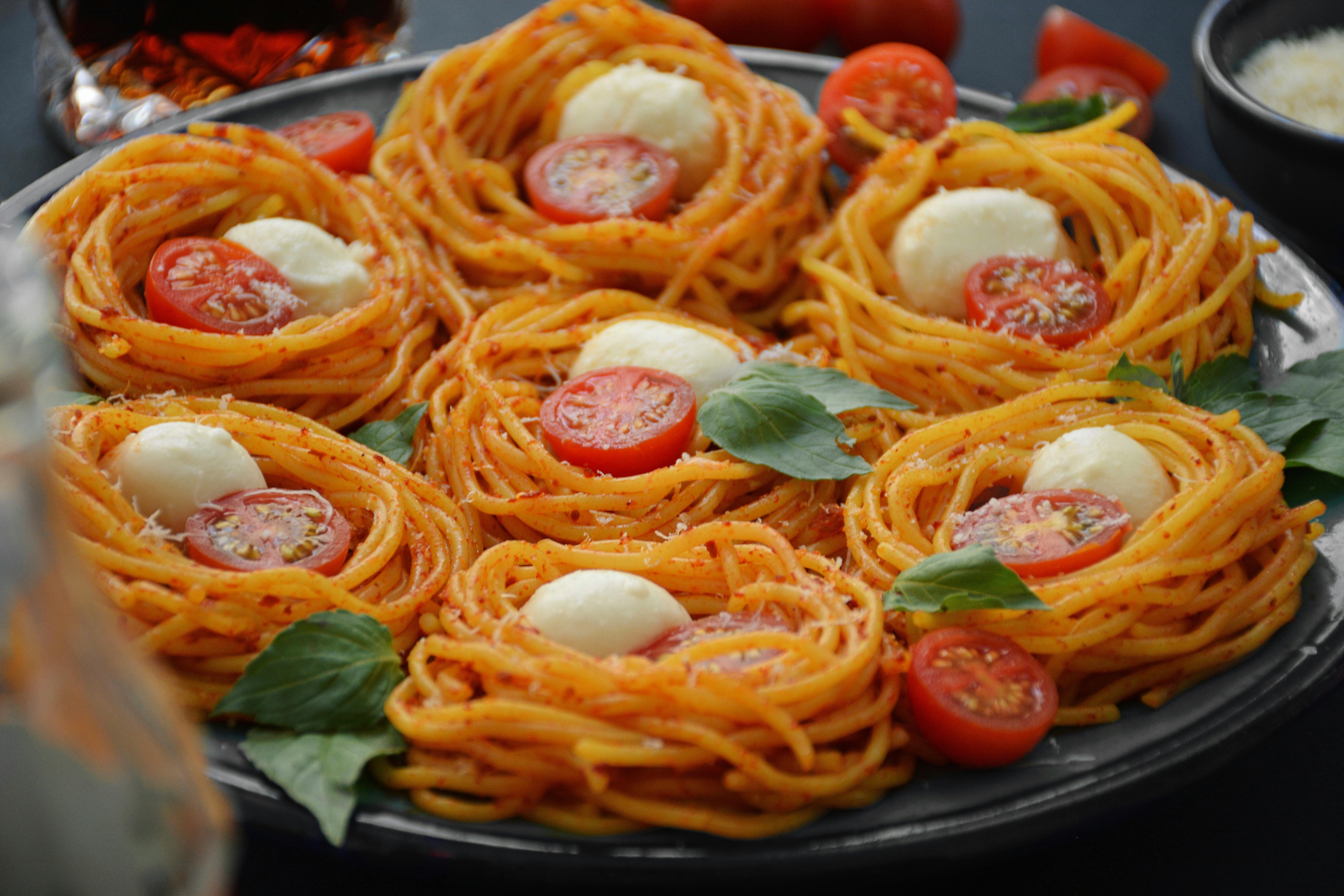As the weather gets colder, just like many of us, mice look for warm, dry places to spend the winter. The first step in controlling mice and turning your home into a vacation spot is keeping them out. Easier said than done. An adult mouse can fit through an extremely small opening, as small as the diameter of a pencil. You don’t need big holes in your base to lay the mouse welcome mat. Every pipe and cable that enters your house through a wall provides an entrance. The space around the pipes is usually large enough for a mouse to pass through. Before it gets cold, check the following to make sure you’re not forgetting a welcome mat for mice:
· Put new seals around every pipe and utility line entering your home, and look for cracks in the foundation that are ¼” or larger. Also look for gaps under doors.
You can use caulking where appropriate, or plug gaps with steel wool or wire mesh. Be sure to use a material that isn’t something a mouse might chew through or use to help make a nest such as cardboard, insulation, or Styrofoam.
Your garage door is an ideal place for mice to enter. Check your weather stripping, especially at the bottom
Make sure you don’t provide a cafeteria for mice. The average family of mice can live in a very small nesting area and can survive on small amounts of food. Mice feed on a wide variety of foods, but prefer seeds, cereals, grains, high-fat, high-protein foods such as nuts, bacon, butter, and candy. Mice are “nibblers” and can make 20 to 30 visits to different food sites each night.
Even the best sanitation practices do not always prevent a mouse infestation. You have to be persistent in removing their food supply.
· Keep food in airtight glass jars, metal cans, and storage containers.
· Rodents can chew through plastic, so the average grocery store container may not be enough to keep them from feasting on peanut butter, potato chip bags, etc.
Cereal boxes and other dry foods are easily accessible and provide excellent nesting materials.
· Store as much food as you can in your refrigerator, especially items like fruits and vegetables that are difficult to fit into secure containers.
· Mice love to share your pet’s food. Empty pet food bowls before bed each night and keep bags of dry food in mouse-proof containers, such as a tightly closed trash can or hard plastic bag.
Make sure your trash cans have tight-fitting lids and never put food or garbage in open trash cans in your kitchen.
Your first clue to a mouse infestation may be a dead mouse in your garage, pantry, or other point of entry. Be very careful when removing dead rodents, as they are carriers of all kinds of diseases that can spread to you and your family. Always wear rubber or plastic gloves when handling a dead mouse. Put it in a plastic bag, put that bag in a second bag and seal it tightly. Place the sealed bag in a garbage container with a tight-fitting lid.
Also wear gloves when cleaning or disinfecting items that may be contaminated by rodents, especially trash cans and recycling bins. If you have set traps, throw them out with the mice or disinfect them by soaking them in three tablespoons of bleach per gallon of water or a commercial disinfectant that contains phenol.
After getting rid of mice, removing faucets, and cleaning contaminated objects, keep gloves on and wash gloved hands with soap and warm water. If you can, add a household disinfectant. Once your gloves are clean, you can take them off and wash your hands thoroughly with soap and warm water.
If you’ve seen signs of mice (described in my last post), you can try removing them yourself with products found in stores. These include toxic baits, rodenticides, traps, and sticky boards. Be careful not to put your family at risk by using what may seem like harmless solutions. Keep in mind that anything that is bad for a mouse is bad for children and pets.
Poison baits and rodenticides sold over-the-counter for home use are anticoagulants that contain brodifacoum, chlorophacinone, diphacinone, or warfarin as the active ingredients. They kill by interfering with normal blood clotting in rodents, causing the animal to die from internal bleeding. It’s an old wives’ tale that poisoning makes mice thirsty and scavenge for water. They are more likely to retreat to their nests. And this can cause an odor problem if the mice die inside the house, inside the walls or in inaccessible areas. Be very careful when placing baits in areas inaccessible to children or pets. Dogs, in particular, are at high risk of poisoning, as they are attracted to bait and are good at finding objects they shouldn’t be playing with (how many socks has Fido stolen this week?)
Traps are safer than toxic baits and chemicals, but they’re still dangerous to little fingers, paws, and noses. We recommend using at least a dozen sticky traps or plates to be effective at removing the mouse on your own. Place them where you see mouse droppings or signs of bites.
Most hardware and farm supply stores sell multi-catch mousetraps that can capture and hold a dozen or more mice before they need to be emptied. But don’t leave one of these out for too long, as the smell of dead mice is quite unpleasant. Using cheese as bait only works in cartoons. The most effective options are gum drops, peanut butter, or a cotton ball moistened with a few drops of vanilla flavoring.
You can also find sticky boards at most stores. Mice suffocate when they run over the boards and get caught in the glue. Once again, be careful that the sticky boards are out of the reach of children and pets.
Be sure to check trap sand boards several times a day and follow sanitation instructions when emptying traps and disposing of carcasses to prevent contamination. If you have found dead mice or signs of an infestation, your best course of action is to call a professional exterminator who uses stronger, commercially-made solutions that will work faster and more efficiently. There are also many pest control companies, such as Heritage Pest Control, that use green products.



